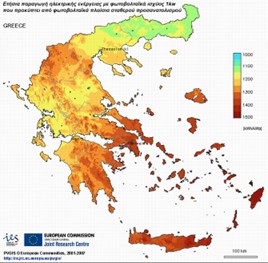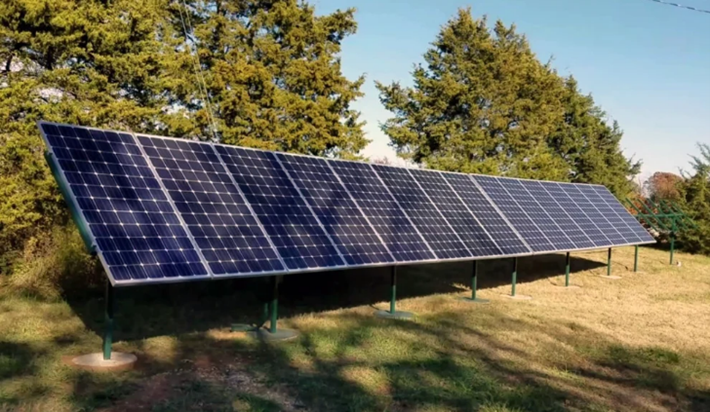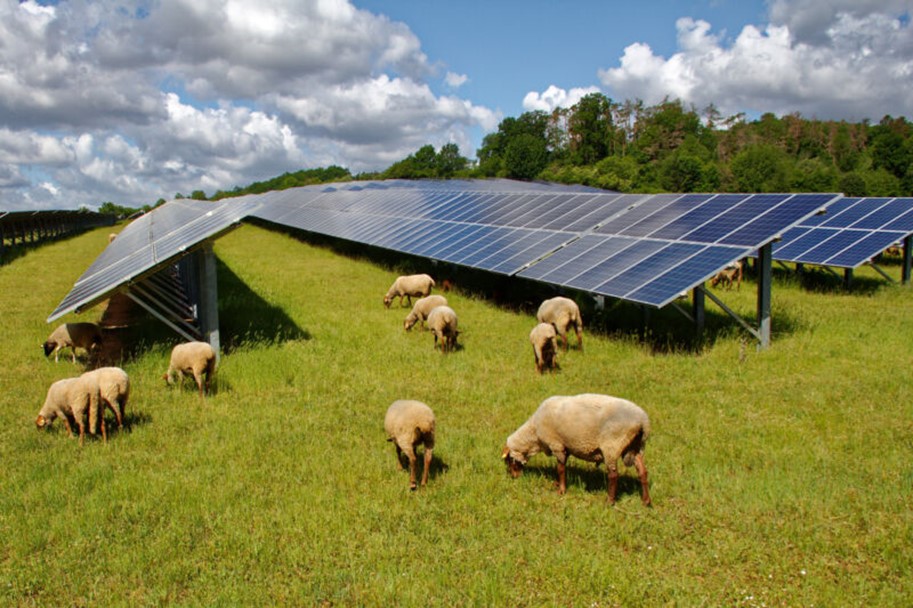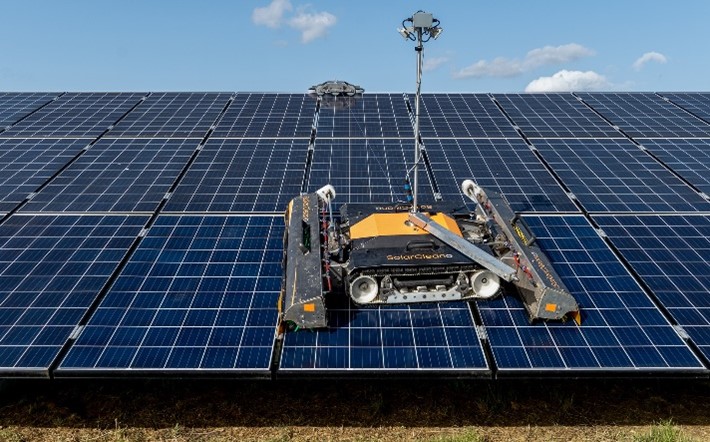What affects the productivity of a solar park?
Written by Giannis Taousanidis, electrical engineer at Wattcrop
Solar parks, but also RES investments in general, are the key to a sustainable future. But what are the important aspects to consider when designing and installing a PV project? What are the main factors that affect the productivity of a solar park and ensure that we have the maximum return on our investment?
In this article, we attempt to provide useful information to current and future producers and prosumers about their solar park productivity and efficiency.
PV Project Location
A significant factor is the geographical location of our solar park. Solar irradiation in Greece is high, ranging from 1500 to 2000 kWh/m2, meaning a specific yield from 1100 to 1600 kWh/kWp. As shown on the map below, a PV project in Central Greece produces more electricity than one in Thrace, in the North-East part of the country.
Shading
An even more significant aspect to take into consideration is the shading of the PV panels. As you probably know, PV panels do not produce electricity when shaded. Therefore, it is crucial for solar parks to be designed properly, to avoid shading, either from front row panels to the back, or from nearby objects (neighboring buildings or trees). Another aspect is the horizon profile – how much the surrounding mountains affect the irradiation of the field. Nowadays, there are several software solutions for solar park design that consider all these parameters, so the best option is to contact a qualified engineer for this job.
Quality Investment
Choosing the right equipment is a key aspect of our investment. For instance, Tier 1 PV panels have lesser degradation and a better chance of business continuity (especially important for spare parts). Also, a project is more bankable when Tier 1 Manufacturers are chosen.
On the other hand, if we choose central inverters over string inverters, there is the danger that, in case of a malfunction or partial shading, a bigger part of the park to be “idle” and not produce electricity. Finally, it is important that all the parts are situated properly, to avoid any failure, e.g., longer cables mean higher cost and more electrical losses.
Monitoring and Maintenance
After the construction phase of the solar park, we need to ensure proper operation through the life-span of the asset. Hence, it is important to monitor and properly maintain the pv plant. Usually, in very small parks (under 50kW), we do not monitor the productiondaily. A technician performs a routine site visit annuallyfor maintenance. In larger projects, however, it is highly recommended, that we have the park monitored every day throughout its life, so any problems that may occur will be dealt with asap. Nowadays, there is the option of monitoring the park through a specialized software by a technical team that can alsoperform maintenance visits, or in smaller parks, have a notification in an app on your mobile phone and then call the technicianif something seems wrong on site.
Panel Cleaning- Mowing
Finally, a key part of the maintenance is cleaning. It is crucial to have the panels cleaned, at least once a year. Unfortunately, panels are not cleaned adequately by rain. A lot of dust is concentrated on them, resulting in something like a “little cloud”, that does not allow the panel to produce electricity.
In mountainous areas, or areas with heavy snowfall, it is advised to have the panels snow-cleaned during the winter at regular intervals. The regularity depends on the area and the frequency of the snowfalls.
Finally, we need to take care of the vegetation of the field. Grass mowing is essential, as tall grass can also cause shading of the PV modules, reducing the production of the site.
As an alternative, some solar farm owners choose sheep grazing. When during the spring and summer months, sheep are allowed inside the park, we have a win-win situation, as the sheep are fed, and the grass is “mowed” in a natural way and free of charge. In cases like this, it is important to use protective equipment (barbed wire around the inverters, Kevlar covered cables etc.), so that the sheep cannot destroy them or get hurt.







